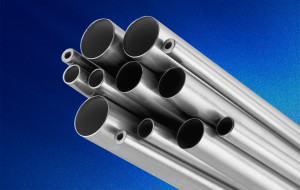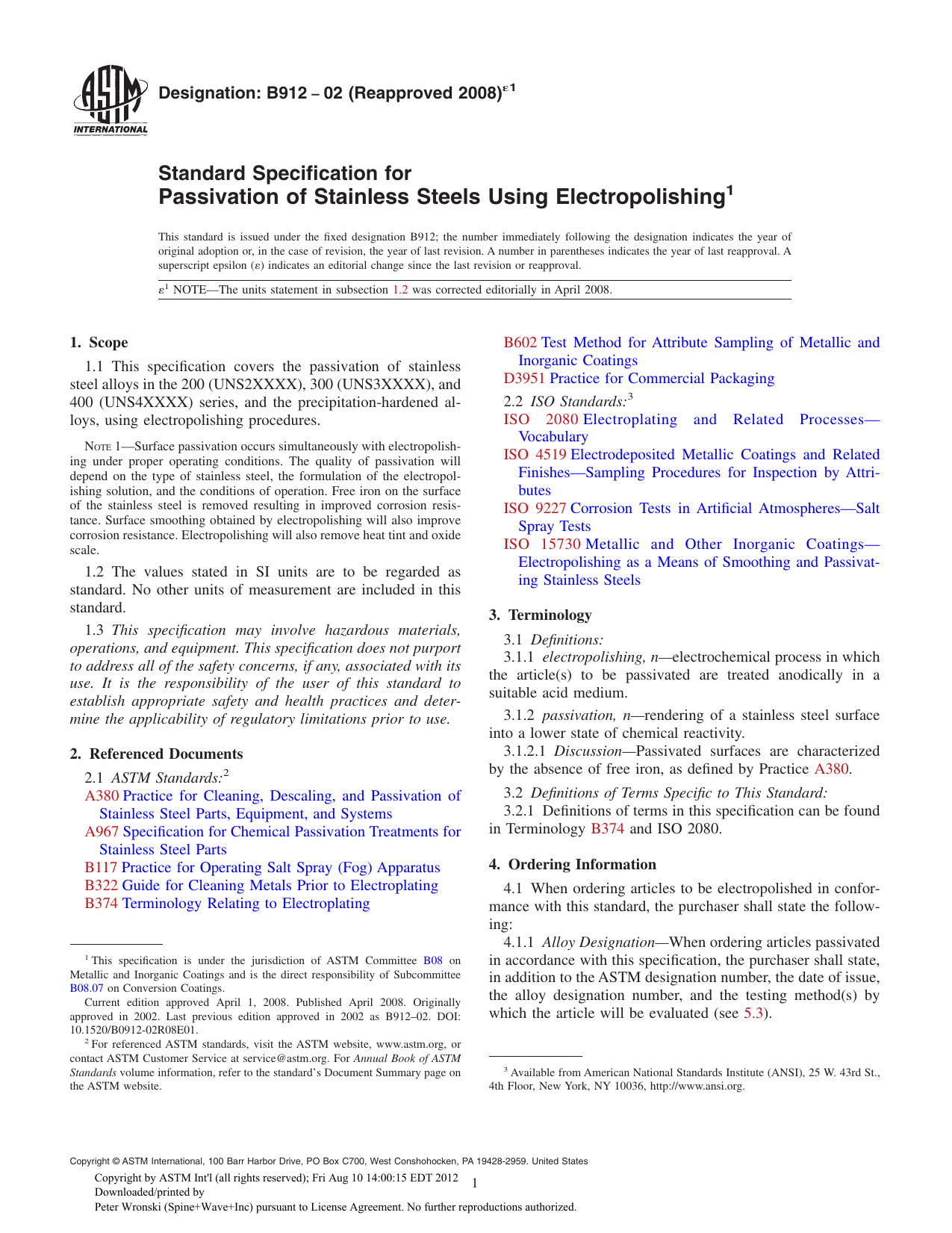

#STAINLESS STEEL ASTM STANDARDS FREE#
Stainless steel passivation performed to the ASTM A967 standards meets these standards by passing tests that confirm its effectiveness, particularly as it pertains to removing free iron from the cold-worked surfaces. Chemical passivation removes free iron and other surface contaminants from stainless steel parts, improving corrosion resistance. The ASTM A967 passivation standard applies to the cleaning, passivation and testing of stainless steel parts. The standards that collectively make up the ASTM A967 passivation specification ensure that nitric and citric stainless steel passivation is performed properly and with quality results. Get Products to Market Faster with Cost Effective Contract Cleaning ServicesĪble Electropolishing provides stainless steel passivation services that meet the rigid standards of the American Society for Testing and Materials (ASTM).Why Able? Reliable Results for Critically Important Parts.State-of-the-Art Automation for Customized, Consistently High-Quality Results.Electropolishing for the Aerospace Industry.Electropolishing for the Medical Industry.Electropolishing & Passivation Standards.Advantages of Electropolishing for Deburring Metal Parts.Electropolishing to Improve Corrosion Protection.Technical Guide: Electropolishing for the Aerospace Industry.Medical Devices, Implants & Surgical Instruments.Technical Guide: Metal Finishing for the Medical Industry.Precipitating Hardening Grade Stainless Steel.Technical Guide: Your Solution to 7 Metal Surface Problems.įlatness Tolerance for Thicknesses Given, in. Note 3 - for plates with specified minimum yield strengths of 35 ksi or more, the permitted variations are increased to 1 1/2 times the amounts shown. , the tolerance is not greater than 1/4 in. Note 2 - If the longer dimension is under 36 in. of longer lengths in the plane of the plate measured while the plate rests on a flat surface with the concavity of the curvature upward.

Note 1 - Tolerances in this table apply to any length, not necessarily the rolling direction, up to 36 in. Table A2.20 Permitted Variations in Flatness of Plate Mill Plate (Quarto Plate) (Understand that this covers Mill Plates and not cut pieces)

For plates of irregular shape, the over thickness tolerances apply to the greatest width corresponding to the width ranges shown.īelow is the Tolerance for Flatness taken from ASTM A480 *** For circles, the over thickness tolerances in this table apply to the diameter of the circle corresponding to the width ranges shown. , excl, in thickness, the tolerance under the specified thickness is 0.010 in. * Thickness is measured along the longitudinal edges of the plate at least 3/8 in.

Tolerance Over Specified Thickness, *** in. Table A2.17 Permitted Variation in Thickness of Hot-Rolled Mill Plate (Quarto Plate)*, ** Tolerances listed were taken from ASTM A480 Tolerance below apply to the following alloys:


 0 kommentar(er)
0 kommentar(er)
